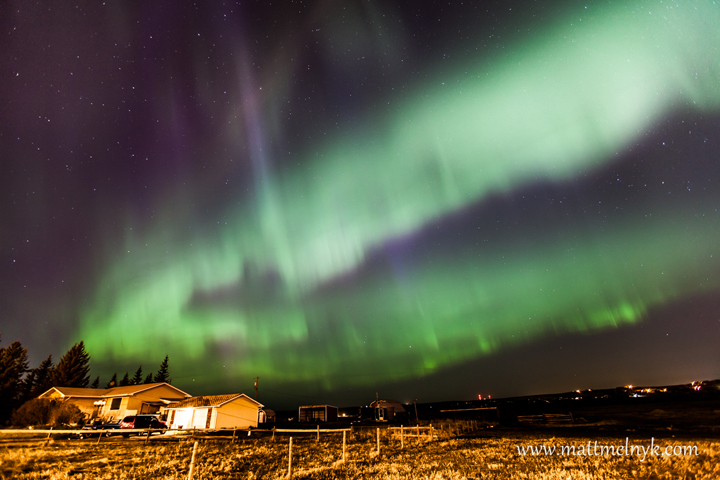For a star that’s in its minimum cycle, our sun is giving us plenty of action lately.

On Monday, the sun belched out a coronal mass ejection, and those particles are heading our way. And that means that once again, we’ve got a chance to see the northern lights.
READ MORE: Why do we get the northern lights?
The U.S. Space Weather Prediction Center (SPWC) is forecasting that a G3 geomagnetic storm will reach Earth some time on Dec. 30 and could continue into Dec. 31. Geomagnetic storms range from G1 (minor) to G5 (extreme). A G3 is considered strong.
READ MORE: Photos capture the northern lights illuminating night sky across Canada
Coronal mass ejections (CME) occur when the sun blasts particles into space. These fast-moving particles are carried along on the solar wind and, when they reach Earth, they interact with our magnetic field; we see that reaction as the northern lights.
Our sun goes through maximums (with increased solar activity such as sunspots) and minimums. Sunspots are linked to solar flares which are in turn most often accompanied by CMEs. The sun is currently in its minimum cycle with few sunspots, but that doesn’t seem to be making a difference, as this is the fourth time in about three weeks that we’ve been treated to a display of the northern lights.


Comments